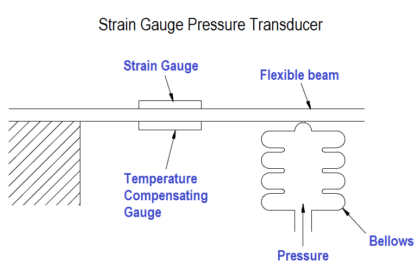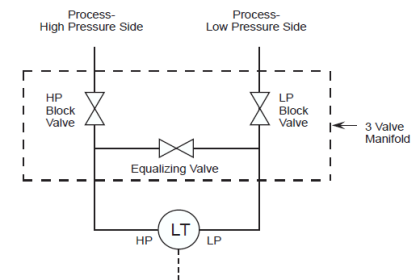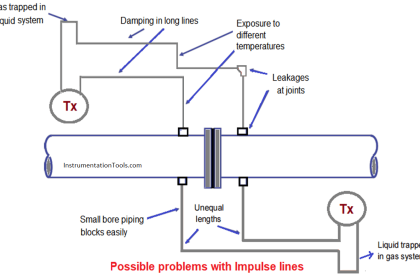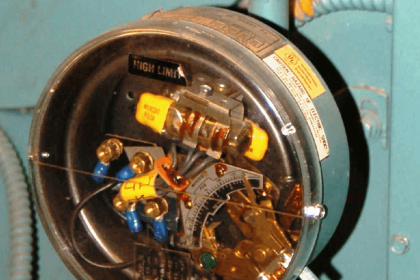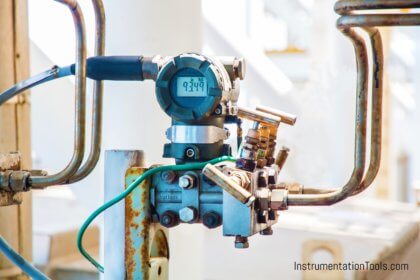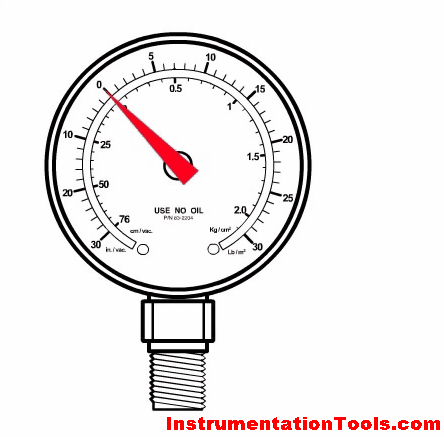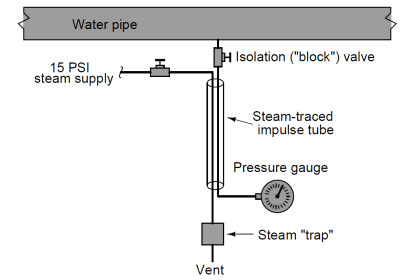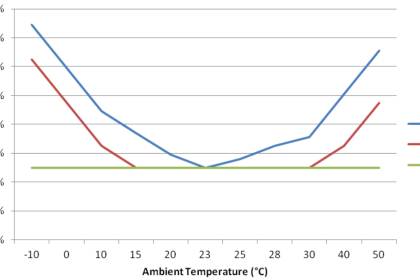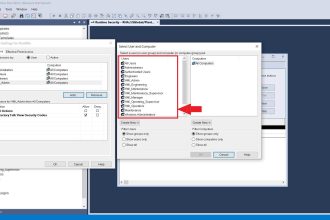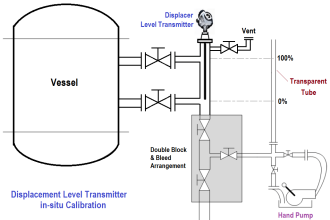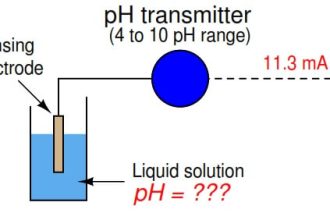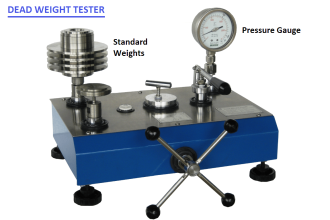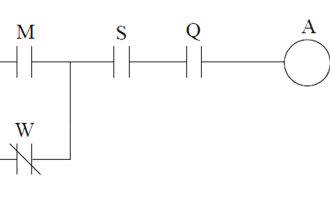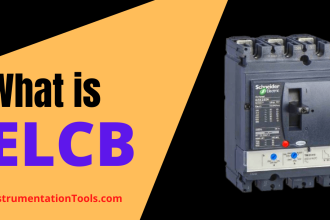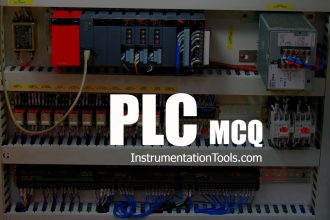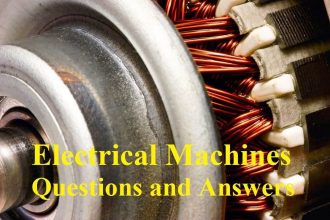When you work in mechanical machines, you must have mostly encountered two types of systems for operation – hydraulic and pneumatic. The hydraulic system operates from oil while the pneumatic system operates from the air. Both have their own merits and demerits.
In industrial automation, there is one industry that virtually cannot survive automation; and that is the automobile industry. Literally speaking, all of the machines operate on automation. As automation requires strong mechanical support for operation, hydraulic and pneumatic devices play a very important role.
But, the most used one in the automotive industry is a pneumatic system. So, why is this happening? In this post, we will see the advantages of pneumatic systems in automotive industries.
What is a Pneumatic System?
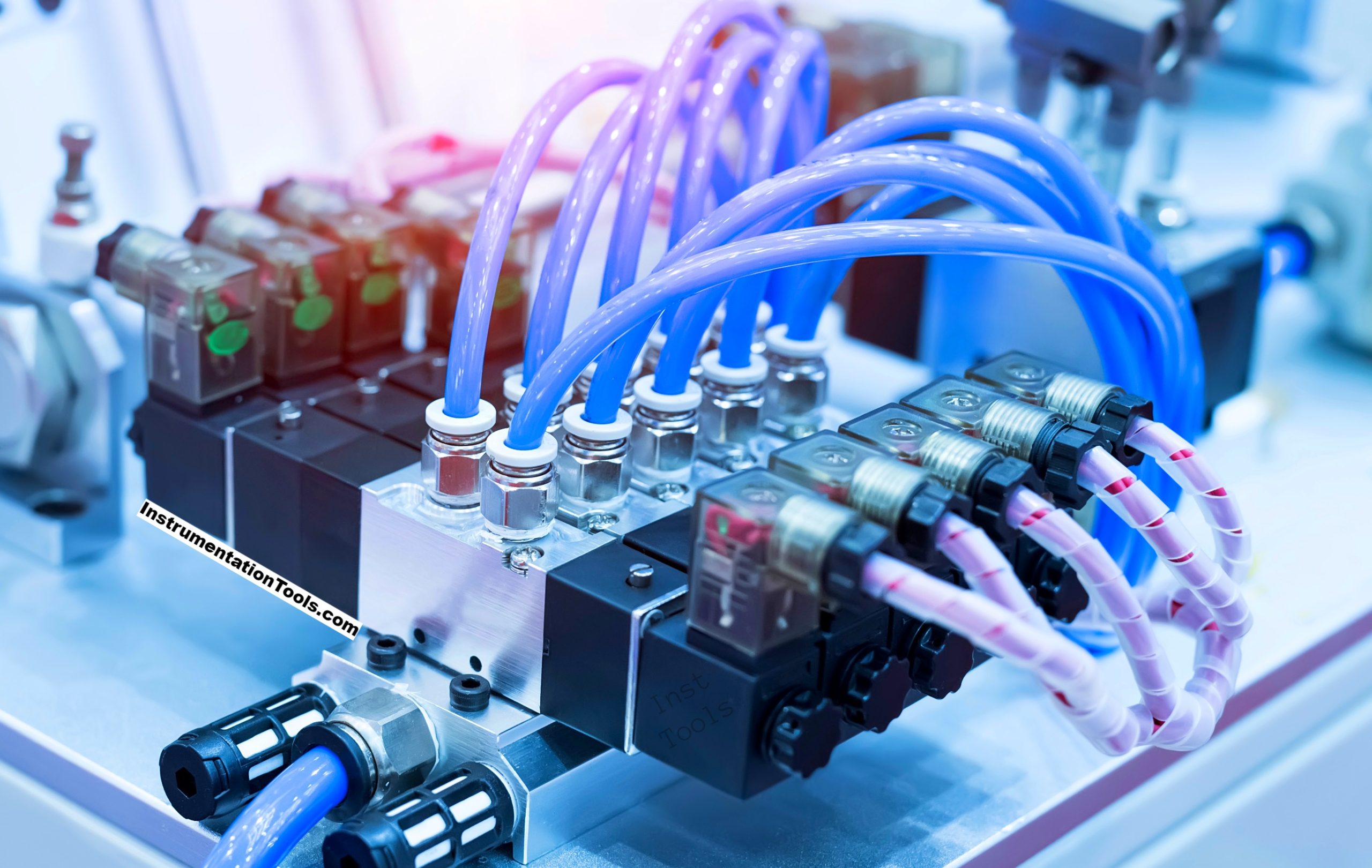
A pneumatic system is also called a compressed air-driven system. As discussed earlier, the system operates through a force of air applied. The air is responsible for the motion of a device or equipment. As soon as the air is removed, the device stops operating and holds to its last state or returns to the home position.
The force of air is provided through air compressors. It is of such a large pressure that it can move the device through it. The various activities that can be done through it are pushing, pulling, holding, lifting, or throwing.
When you compress the air, it means the air volume decreases and the pressure increases. This pressure is enough to operate a device. One thing to take care of is that compressed air must be clean. That is why, air filters are used after compressors to supply the final clean output. If it is contaminated with dust or other particles, then it may damage the device after prolonged use.
After this, the two more important devices are an air cylinder and an air actuator or motor. Once you get compressed air, you need some device to create a movable force and energy for the load. This is done by an air cylinder.
Compressed air can move a device, but considering the load, an air cylinder boosts the air signal to such a level that it will surely move a device. After receiving the full force of air, the actuator or motor is the load that operates through it and moves the final load like a valve.
Advantages of Pneumatic Systems in the Automotive Industry
Now that we know what is a pneumatic system, let us see some advantages of it, especially in the automotive industry.
Cost
One of the very first major advantages is the cost. They are way cheaper than a hydraulic system. And considering how other costly components are installed in the automotive industry like robots and auto-guided vehicles, these cheaper options prove a major bonus for the owner.
No issue of Overheating
Because pneumatic systems use air unlike hydraulic systems which use oil, there is no issue of overheating or any requirements for thermal protection. So, temperature disadvantages are automatically removed in this system.
Non-hazardous in Operation
As pneumatic systems use air, there are very less or negligible chances for sparks, gas leaks, electric fires, or thermal fires. It can thus operate safely in a volatile environment. As a large number of automated machines are present in the automotive industry, pneumatic systems prove to be very handful.
High-speed Operation
Because automotive industries require quick production, pneumatic systems provide a high force, speed, and accuracy. Because they operate through air, it is very quick in operation. Such fast operations allow operators to get production output very quickly.
Source Availability
As air is abundant around us and pneumatic systems consume air for operation, the resources available for operating it are of no issue. You get as much air as you want for use. Plus, there are no charges for taking air, compared to taking oil or some other resources.
Very Little Cleaning Effort
As air is moving around in a device, it means it is naturally removing dust and other particles from it. What’s more, if you want to clean something, just remove an air tube and blow air into that dusty part. Your part is clean now. There will be no blockages.
Working for Some Time Without Power
Air is stored in air cylinders as discussed earlier in a pressurized form. If there is a power cut, then the device can operate for some time by taking air from the cylinder and using it for use. It will be less air, but at least not zero, and you can back up the system for some time.
Noiseless Operation
Because automotive industries have so much noise around due to various types of robots and other complex machinery, pneumatic systems help in reducing some amount of noise percentage due to its operation. This is because they do not have complex mechanical parts and operate simply on air.
In this way, we saw the advantages of pneumatic systems in automotive industries.
If you liked this article, then please subscribe to our YouTube Channel for Instrumentation, Electrical, PLC, SCADA, and Industrial Automation video tutorials.
You can also follow us on Facebook and Twitter to receive daily updates.
- Orifice Sizing Guidelines
- Transmitter Calibration Frequency
- Instrumentation and Control Quiz
- Pitot Tube Troubleshooting Steps
- Ultrasonic Flow Meter Problems
